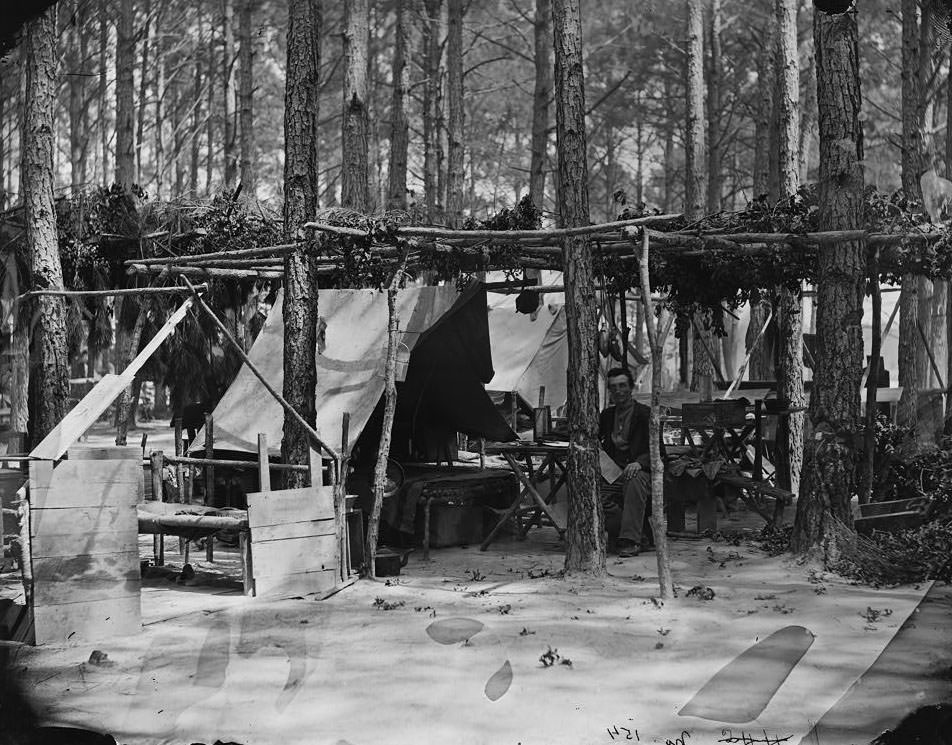
The main eastern theater of war, the siege of Petersburg, June 1864 (90/208)


Don't have an account? Register
Enter your account data and we will send you a link to reset your password.
To use social login you have to agree with the storage and handling of your data by this website. Privacy Policy
AcceptHere you'll find all collections you've created before.
The American Civil War shaped the political, social, and economic landscape of the country. The Eastern Theater of the war saw some of the most brutal and strategic battles of the war. A turning point in the war was the Siege of Petersburg in 1864, which eventually led to the Union’s victory.
The Siege of Petersburg began on June 15, 1864, and ended on April 2, 1865, when Confederate forces abandoned the city. Lieutenant General Ulysses S. Grant led the Union Army of the Potomac, while General Robert E. Lee led the Confederate Army of Northern Virginia.
In the Confederacy, Petersburg served as a vital transportation hub, allowing supplies and troops to move easily between Richmond and the southern states. In order to cut off the Confederate supply lines, the Union recognized the city’s strategic importance.
Union forces attacked Confederate lines south of Petersburg to begin the siege. Union forces, however, were unable to break through, and the battle became a stalemate as they dug trenches and constructed fortifications to protect themselves from Confederate counterattacks. It was the beginning of a month-long siege.
Both sides engaged in numerous battles and skirmishes during the siege, each struggling to gain the upper hand. To gradually wear down the Confederate defenders, the Union Army relied on its superior numbers and supplies.
However, the Confederate Army did not give up easily. The Union Army launched several counterattacks in an attempt to break the siege and retreat. Confederates suffered significant losses during these attacks, making it increasingly difficult for them to hold their positions.
Both sides suffered deteriorating conditions as the siege continued. The Confederate Army faced severe food and supply shortages, while the Union Army suffered from disease and overcrowding. Despite the harsh winter, both sides refused to give up, and the battle continued.
Finally, on April 2, 1865, the Union Army broke through the Confederate lines, forcing the Confederate Army to abandon Petersburg. As the Union Army pursued the retreating Confederate forces and ultimately forced their surrender at Appomattox Court House, the Civil War came to an end.
As a turning point in the Civil War, the Siege of Petersburg marked the end of the Confederacy. The battle lasted nearly ten months and resulted in over 70,000 casualties, making it one of the longest and most brutal battles of the war. Today, visitors can explore the Petersburg National Battlefield, which preserves the siege site and offers insight into this critical moment in American history.